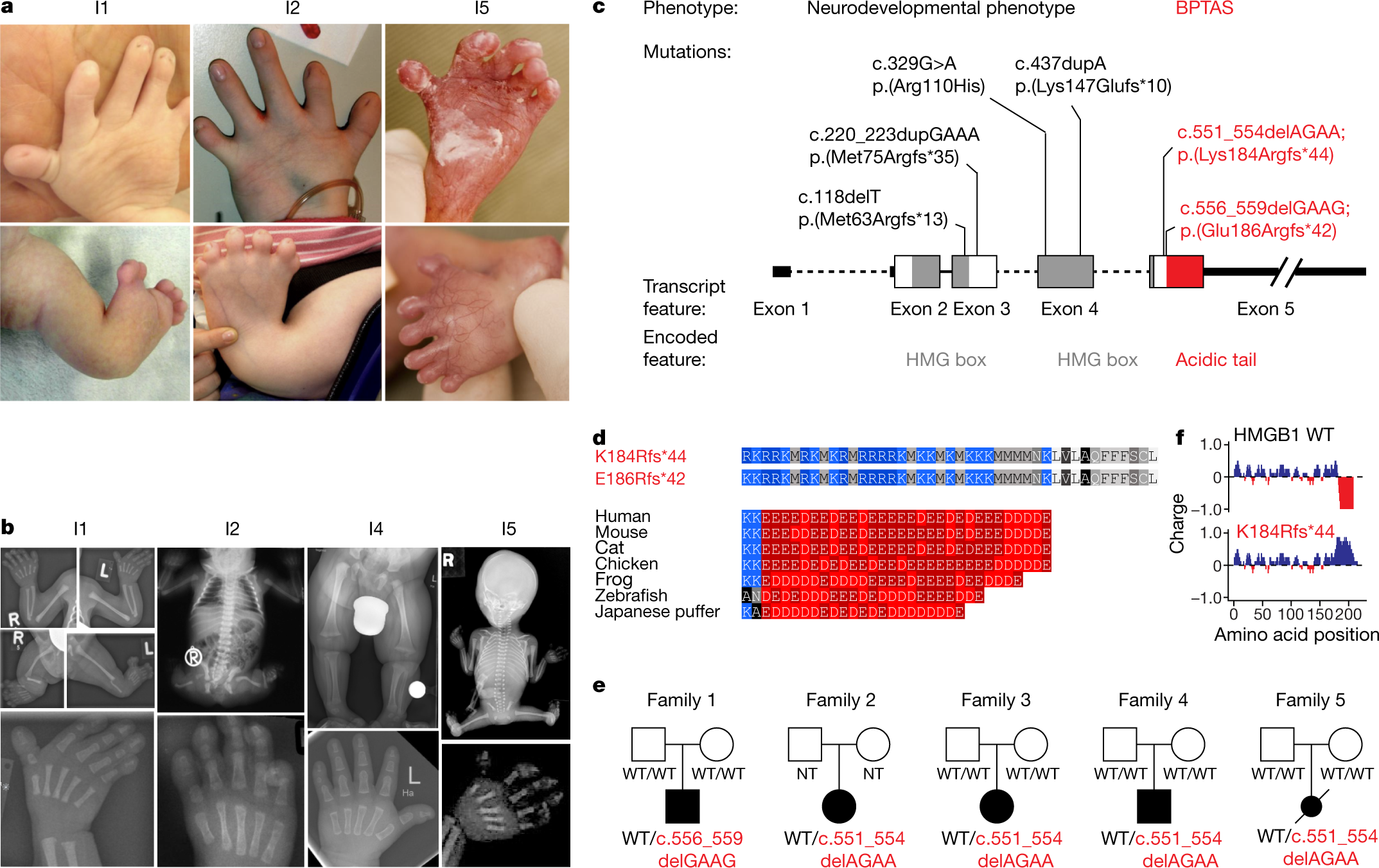見過ごされがちな解離症状がクローズアップされる Often-overlooked dissociative symptoms come into focus
2023-02-08 ウスター工科大学(WPI)
◆この3年間の研究成果は、European Journal of Psychotraumatology誌に最近掲載され、臨床医に警告サインを素早く選別する新しい方法を提供する可能性があり、AIを使って自殺的自傷を理解する上でのブレークスルーを意味するものです。
◆この研究は、McLean病院の女性患者123人(幼少期の虐待、心的外傷後ストレス障害(PTSD)、さまざまなレベルの解離の既往を持つ93人と、対照群30人)から収集したデータを対象としています。
◆チームのアプローチは2つあった。まず、Korkin氏のグループが開発した新しいAIアプローチを使って、コホートから採取したデータをクラスター化し、パターンが浮かび上がるかどうかを確認したのである。Korkin氏によると、研究チームはそのデータを使って、患者集団の明確なパターンを明らかにしたという。これらのパターンは、解離症状のスペクトラム(典型的にはトラウマに反応して自己意識や環境から切り離されることを含む)を決定し、それが過去の自殺未遂と相関していたのである。
◆次に、研究チームは、解離のレベルが異なる患者を、30人の健常対照被験者から分離するアルゴリズムを訓練した。このアルゴリズムは、重要な指標となる特定の解離症状を特定し、研究対象者の過去の自殺未遂を83%の精度で予測しました。
◆AIや機械学習は、これまでにも自傷行為や自殺行為の予測に用いられてきたが、Korkin氏によると、DIDは一般的な精神科診療において研究不足や診断不足があり、これまでそれらのモデルで検討されることはなかったという。特に女性は、統計的に自殺を試みる確率が男性よりも低いため、自殺の研究において見落とされがちな集団である。
◆この画期的な研究は、1973年にWPIを卒業したHarry Kasparianが、2016年に23歳で自死した娘のJuliaを偲んで始めたものです。Julia Kasparian Fund for Neuroscience Researchは、DID、うつ病、自殺に焦点を当てた精神疾患の予防、早期診断、治療を改善するために、WPIとマクリーンの教員と学生の神経科学者、臨床医、コンピューター科学者との共同研究を支援します。
◆研究チームは今後、これらのモデルを改良して今後の研究に適用し、自殺念慮や自殺行動を起こしやすい他の集団にも対象を広げていく予定である。
<関連情報>
- https://www.wpi.edu/news/using-artificial-intelligence-comb-through-warning-signs-suicide-wpi-led-study-identifies-key
- https://www.tandfonline.com/doi/full/10.1080/20008066.2022.2143693
人工知能を用いたトラウマ関連解離の女性における精神医学的異質性の解明と自殺企図の予測 Unravelling psychiatric heterogeneity and predicting suicide attempts in women with trauma-related dissociation using artificial intelligence
Suhas Srinivasan,Nathaniel G. Harnett,Liang Zhang,M. Kathryn Dahlgren,Junbong Jang,Senbao Lu,Benjamin C. Nephew,Cori A. Palermoc ,Xi Pan,Mohamed Y. Eltabakh,Blaise B. Frederick,Staci A. Gruber,Milissa L. Kaufman,Jean King,Kerry J. Ressler,Sherry Winternitz,Dmitry Korkin & Lauren A. M. Lebois
European Journal of Psychotraumatology Published: 18 Nov 2022
DOI:https://doi.org/10.1080/20008066.2022.2143693

ABSTRACT
Background: Suicide is a leading cause of death, and rates of attempted suicide have increased during the COVID-19 pandemic. The under-diagnosed psychiatric phenotype of dissociation is associated with elevated suicidal self-injury; however, it has largely been left out of attempts to predict and prevent suicide.
Objective: We designed an artificial intelligence approach to identify dissociative patients and predict prior suicide attempts in an unbiased, data-driven manner.
Method: Participants were 30 controls and 93 treatment-seeking female patients with posttraumatic stress disorder (PTSD) and various levels of dissociation, including some with the PTSD dissociative subtype and some with dissociative identity disorder (DID).
Results: Unsupervised learning models identified patients along a spectrum of dissociation. Moreover, supervised learning models accurately predicted prior suicide attempts with an F1 score up to 0.83. DID had the highest risk of prior suicide attempts, and distinct subtypes of dissociation predicted suicide attempts in PTSD and DID.
Conclusions: These findings expand our understanding of the dissociative phenotype and underscore the urgent need to assess for dissociation to identify individuals at high-risk of suicidal self-injury.
HIGHLIGHTS
- Dissociation, feelings of detachment and disruption in one’s sense of self and surroundings, is associated with an elevated risk of suicidal self-injury; however, it has largely been left out of attempts to predict and prevent suicide.
- Using machine learning techniques, we found dissociative identity disorder had the highest risk of prior suicide attempts, and distinct subtypes of dissociation predicted suicide attempts in posttraumatic stress disorder and dissociative identity disorder.
- These findings underscore the urgent need to assess for dissociation to identify individuals at high-risk of suicidal self-injury.


